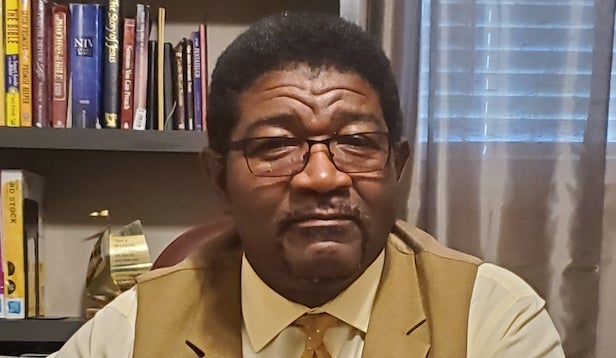Building resilience to all kinds of hurricanes
Published 6:45 pm Friday, September 1, 2017
In my last column, I promised images of a sinkhole swallowing cars and houses to help explain resilience. Sadly, I don’t need to conjure up fantastical images portraying crises and adversity. Harvey slowly chewing through south Texas and now Louisiana has certainly provided more than enough images to last for a lifetime, or until the next 100-year storm and flood visits 80 years ahead of schedule.
Resilience has been referenced a lot in coverage of Harvey by newscasters, politicians, government officials, by the Texas National Guard and even in gut-wrenching interviews of folks in Houston who saw their houses carried away, just happy to be alive. “Texans are a resilient lot,” Texans say.
I bet even Sooners would say that of Texans.
I heard the same from people on the New Jersey shore when Sandy came calling, resilient in the face of a perfect storm of wind, tide and rain.
Humans are survivors. Nature strips away our pretense of being 21st-century, technologically-advanced Homo sapiens, and when it is just us versus the elements, we will die trying to survive. And if we live, we die trying to keep our brothers and sisters alive. As Harvey inched across the coastal plain of south Texas, heroic stories connected those in Iowa or Virginia to the suffering and tales of Texans’ love for their neighbors, as they fished them out of rising waters or off roof tops, whether they knew them or not.
We humans get the first part of resilience: overcoming adversity.
But there is more to resilience than being a survivor. We are such survivors that we may rely too much on that spirit to bail us out when the next epic storm starts winding up in the Gulf or the Atlantic. It’s like being an athlete with natural talent, you can depend on a wicked cross-over only so often, until that talent starts to fade. There is only one Michael Jordan.
The second and third part of resilience is more important than survival. Using the example of Harvey further, we are looking at a future with a conveyor belt of more and stronger hurricanes. When the flood waters recede, in the harsh light of day, how do you get ready for the next one? Resilience also includes developing the capability to accept and confront the probability of future crises smarter, to also learn more about that probability and its effects, and building the flexibility to adapt during the crisis as well as to adapt between crises.
I listened to an NPR interview with a couple in Houston whose house had been flooded twice before Harvey in the last five years, and they had lived longer in temporary housing than in their house. The wife said that their young kids had grown up without the stability of what a house and a home provide. They were certainly resilient in surviving, but what about their resilience that comes after surviving?
I teach Special Forces and other military populations how to work better in foreign and culturally complex environments that come with deployments. The same kind of skills I promote to them work in developing resilience: taking different perspectives, wanting to learn about others and experiences different from theirs, and mitigating biases, mostly their own. These are critical skills to build resilience — not locking in our ability to react and respond as we have always done it, but instead to be comfortable in exploring other options, and other means, to confront the future storms that come our way.
And here’s the kicker, building resilience applies to how one lives a life more generally and builds in the capacity to survive and prepare better for uncertainty crises brings.
A community, like an individual, can become more resilient. However, it takes more than just a collection of resilient individuals to make a community resilient. In a future column, I will address how communities can grow stronger to do more than just survive. In the end, the immediate destruction and the effort to rebuild following a storm can be likened to a community confronting crises like the opioid epidemic or the socially destructive lack of opportunity for many of their at risk-populations. Community resilience brings the will to survive, of course. But also, it cultivates how to work together to find the answers to why there is a hurricane of addiction anyway, and to build within the community the capacity to face other problems we know will come.
When you throw a lifejacket to rescue someone from rising floodwaters, resilience means working to not to have to throw it again.
Robert Greene Sands is an anthropologist and CEO of the non-profit Pamlico Rose Institute for Sustainable Communities located in Washington.





